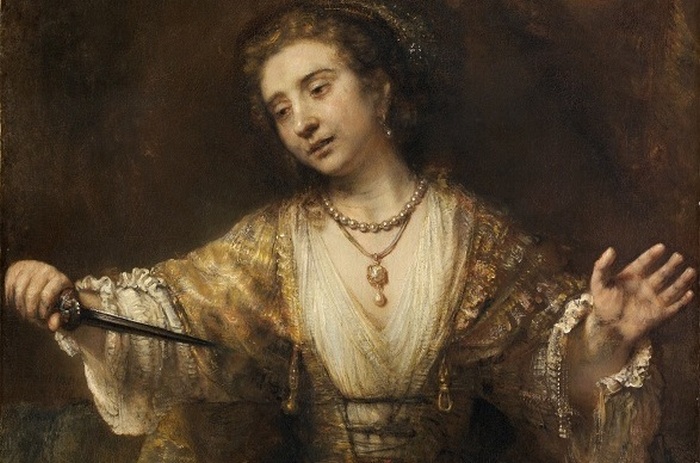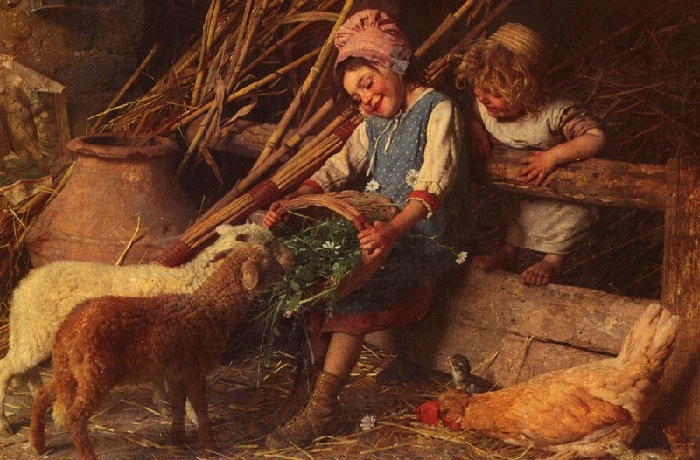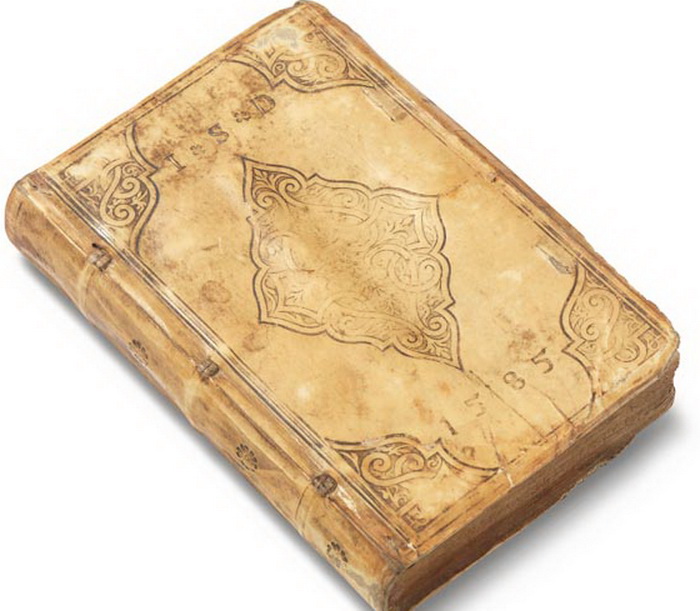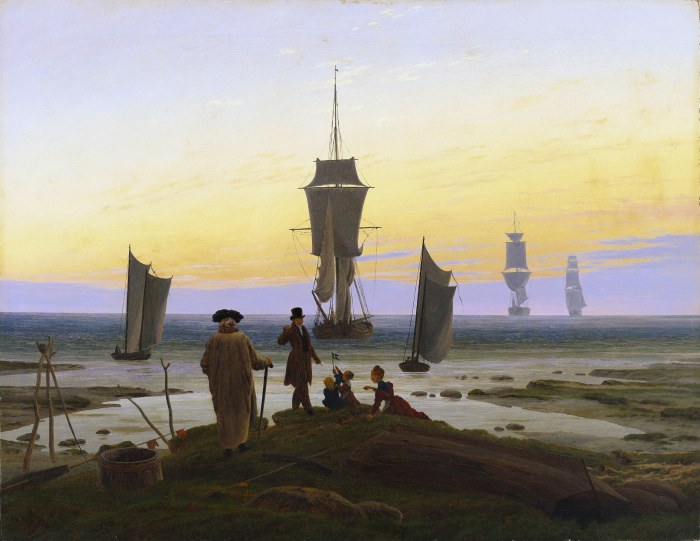expectantly
How the main romantic of Germany Caspar Friedrich spoke about God with atmospheric landscapes
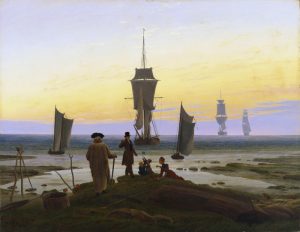 Caspar David Friedrich is one of the leading figures in the German romantic movement. His mysterious, atmospheric landscapes and seascapes proclaimed human helplessness against the forces of nature and did much to validate the idea of the Exalted as the central problem of romanticism.
Caspar David Friedrich is one of the leading figures in the German romantic movement. His mysterious, atmospheric landscapes and seascapes proclaimed human helplessness against the forces of nature and did much to validate the idea of the Exalted as the central problem of romanticism.
Family drama
Human helplessness and melancholy, high feelings of the hero in the paintings are caused by sad events in the life of the artist himself. By coincidence, Frederick knew death very early: his mother, Sophie Dorothea Behli, died in 1781, when Caspar was only seven years old. At the age of thirteen, Caspar David witnessed how his brother Johann Kristoffer fell through the ice of a frozen lake and drowned. According to some reports, Johann Kristoffer died, trying to save Caspar David, who also nearly drowned. His sister Elizabeth died in 1782, and the second sister, Mary, died of typhus in 1791. Sad circumstances with loved ones, as well as the immersion of the artist himself in spiritual and mystical poetry, influenced his work and served as the basis for the confirmation of Caspar David Friedrich as the leader of German romanticism. Continue reading
“Love Letter” by Jan Vermeer: Why the lute is central to the picture
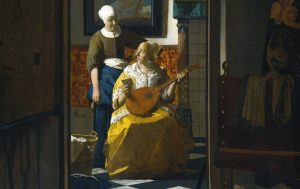 At the first glance at Jan Vermeer’s famous painting “Love Letter”, the name seems far-fetched, because the letter itself is hardly noticeable. But the lute in the hands of a woman plays a much more significant symbolic role. What does the letter contain? And what does the lute matter in the picture?
At the first glance at Jan Vermeer’s famous painting “Love Letter”, the name seems far-fetched, because the letter itself is hardly noticeable. But the lute in the hands of a woman plays a much more significant symbolic role. What does the letter contain? And what does the lute matter in the picture?
Genre painting
The paintings, which allow the observer to look at the everyday life of the depicted people, were especially popular in the XVII and XVIII centuries. They are called genre paintings, and Dutch genre art occupies an undeniable place at this stage in the history of art. A particularly popular topic was symbolism. Pictures depicting love letters can be attributed to a separate category of genre painting. Artists such as Jan Vermeer, Gabriel Metsu and Samuel van Hoogstrate have contributed to the world of art with canvases of this plot. Continue reading
